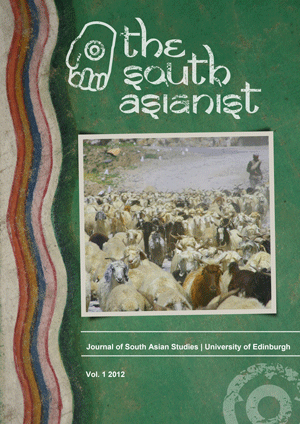NREGA and labour migration in India: Is village life what the 'rural' poor want?
Abstract
The Mahatma Gandhi National Rural Employment Guarantee Act (NREGA) is the flagship welfare programme of the UPA government, and the largest of its kind in India. One of its main objectives is a significant reduction in labour migration through the provision of locally available work in rural areas, but in spite of some successes, the programme has not had the wished-for impact. Drawing on government data, recent independent studies and the Indian media, the present article argues that NREGA’s limited impact partly stems from a misconception of labour migration – as a poverty ‘problem’ and as merely a product of ‘push-and-pull’ economic factors. It contends that this view wrongfully casts ‘rural’ livelihoods and ‘urban’ society as somehow separate, and assumes that farming is what ‘the poor’ really want, thus establishing poverty as chiefly a rural problem to be tackled by rural development. Accepted explanations for NREGA’s relative failure do not account for the possibility that migration for work may be perceived as a more attractive activity. The view of labour mobility as essentially ‘involuntary’ and driven solely by economic considerations overshadows two sets of reasons why people may still prefer to migrate; namely social factors and evolving perceptions of ‘modernity’. The poor too have aspirations, which are not restricted to survival matters. NREGA has benefitted those with little or no access to positive migration opportunities, especially Scheduled Castes and Tribes, but is unlikely to succeed in curbing labour mobility significantly – which is not desirable anyway. Here, the crucial development challenges are not to reduce migration but to improve its conditions, both economic and social – and to account for the poor’s aspirational horizons.
Downloads
Published
How to Cite
Issue
Section
License

This is an Open Access journal. All material is licensed under a Creative Commons Attribution-NonCommercial-ShareAlike 4.0 International (CC BY-NC-SA 4.0) licence, unless otherwise stated.
Please read our Open Access, Copyright and Permissions policies for more information.





